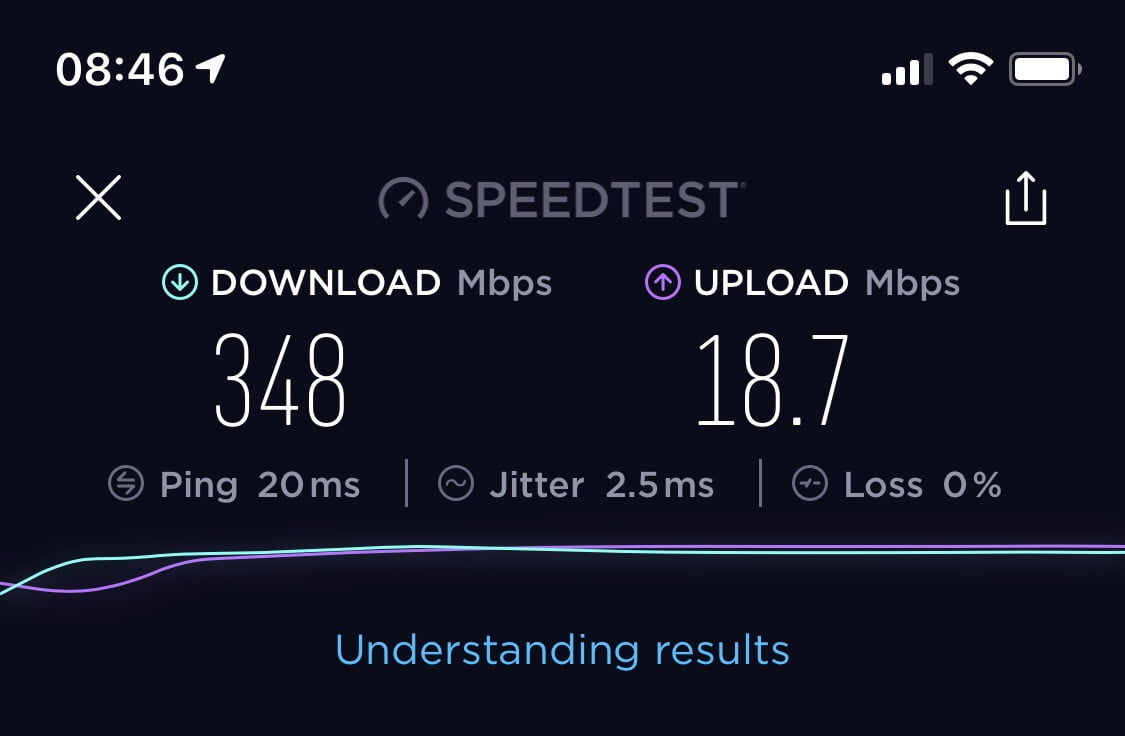
In 2002 I signed up for my first broadband service, 1.5 megabits per second digital subscriber line (DSL) from AT&T. After a day’s worth of work, the technician got my service going, and I was thrilled to “surf” the web nearly 30 times faster than I used to with a 56 kb/s dialup service with my US Robotics modem. The DSL connection was made with substantial additional equipment that was connected to my gigantic tower computer with an Ethernet cable. 1.5 Mb/s felt like bliss at the time.
16 years later, Spectrum Internet and ASUS deliver speeds in excess of 300 Mb/s to my handheld device, my iPhone X, wirelessly and with equipment that take up about 10% of the space my tower PC occupied. This speed is over 15 times faster than the DSL service I was receiving for the same price. Numerically, this is only two orders of magnitude improvement over this period of about two decades, but the convenience of small footprint and wireless communication make it seem substantially better. It is somewhat sad to be old enough to have noticed such dramatic technological changes.
Naturally, therefore, I now seek separation from the deluge of “information” this digital pipeline delivers. It’s merely nice to know that my operating system upgrades won’t take 20 minutes anymore. This pipeline makes the merging of human and the network that much more feasible by swallowing the entirety of one’s attention span. Still, it’s better to have practical reasons for evading this frightening outcome.
